Charles Adlore Vadnais and Florence Cecelia Doran (part 2 of 3)
Upon graduating from the Minnesota School for the Deaf (MSD) in 1932, both Charles and Florence returned to their family homes. I imagine it was exciting, and frightening, for Charles and Florence to permanently leave MSD, the place they had called home for so many years. Florence joined her 5 siblings: Marion, Walter, Bob, Martha and Kenneth. Kenneth having been born in 1921, about 1.5 years after Florence left to attend MSD. Charles reunited with his 9 siblings: George, Florence, Richard, Mona, Leona, Jack, Marguerite, Gordy and Anna Mae. The last 4 of the siblings: Jack, Marguerite, Gordy and Anna Mae, were born from 1925 to 1930, while Charles was in school at MSD.
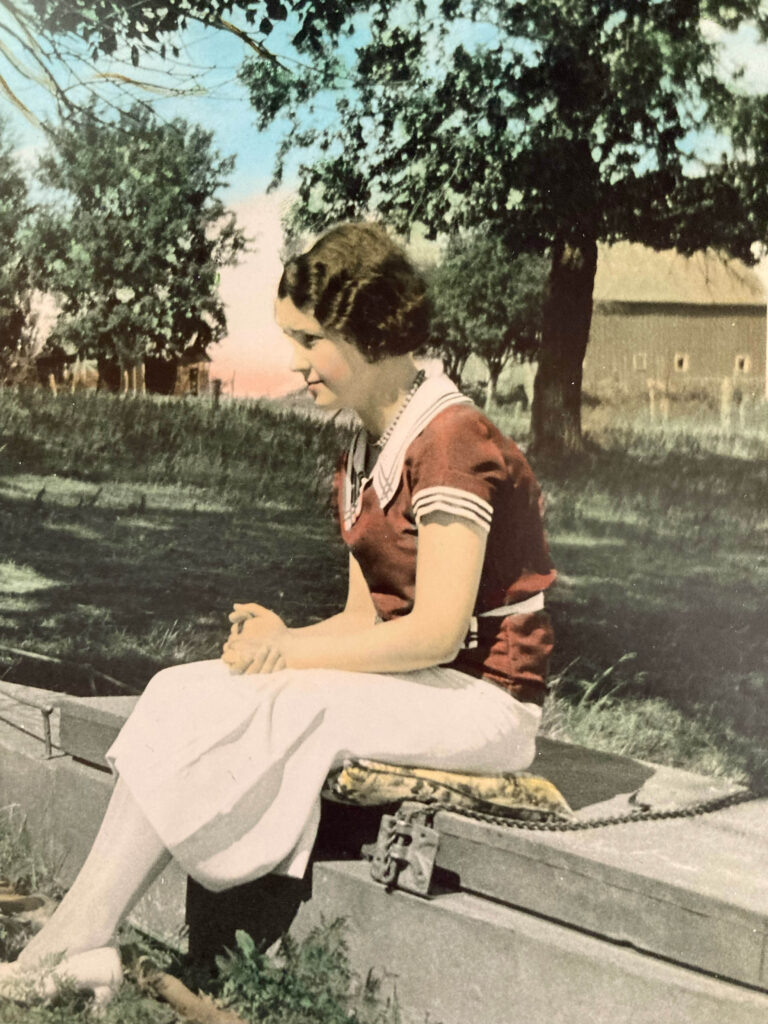
What a beautiful picture of Florence! She’s in her early 20s.
I don’t have any records showing that upon Charles’ return he went to work for White Bear Oil Company, but I am pretty sure that is what he did. I imagine that once Florence was home, she had many chores to attend to on the family farm.
Charles and Florence did not lose touch with one another. On June 18, 1936 Charles and Florence were united in marriage at the Marysburg Catholic Church (The Church of the Immaculate Conception of Marysburg) in Madison Lake, Minnesota.12 Interestingly, Catherine Doran, Florence’s paternal grandmother and a Minnesota pioneer, helped (I would think financially) in the building of the Marysburg Church.13
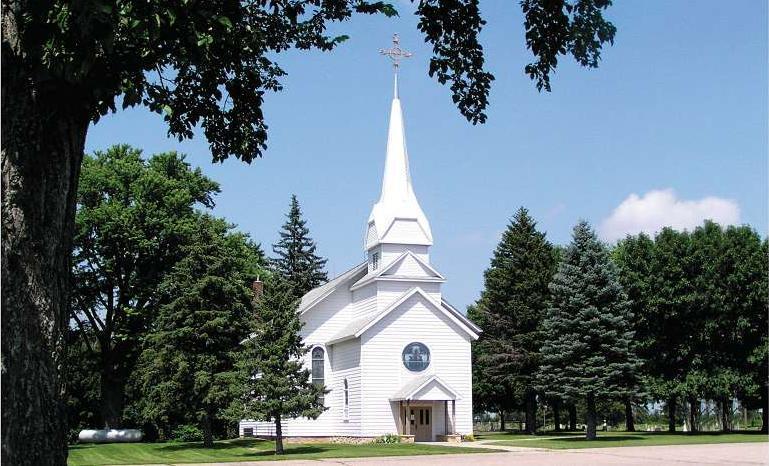
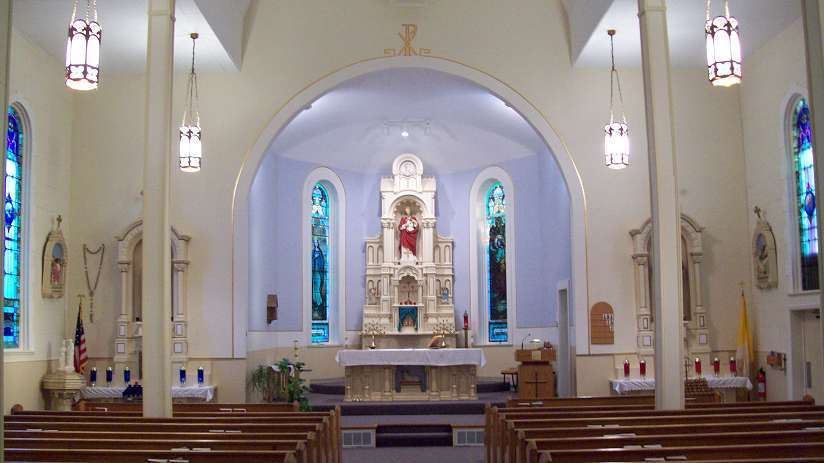
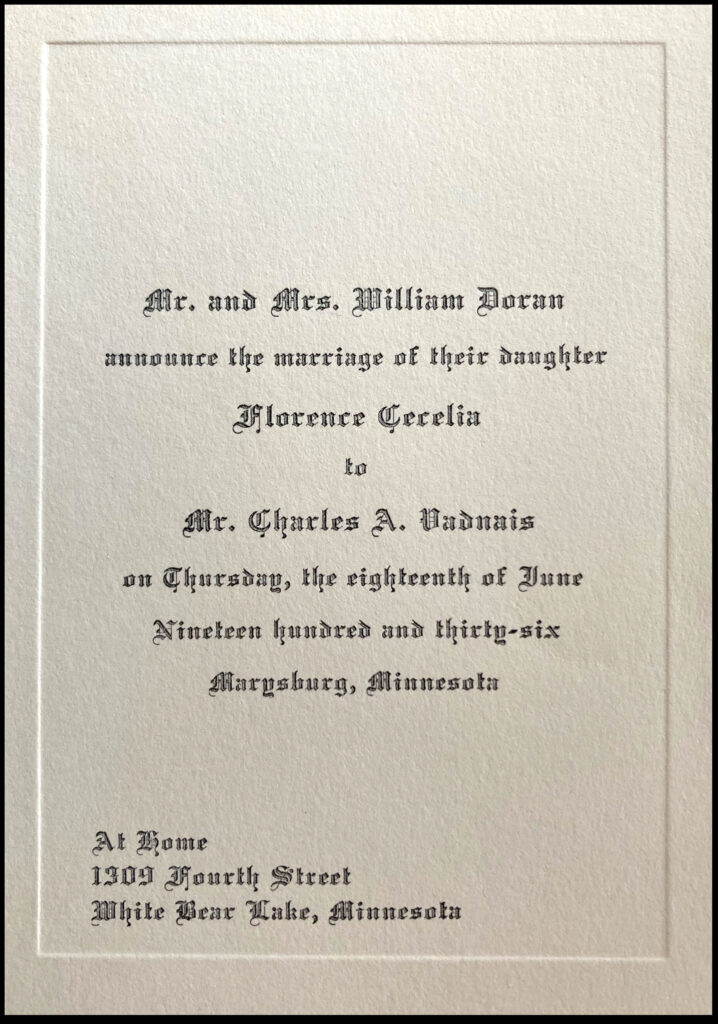
I find it interesting that the invitation simply gives Thursday, June 18, 1936 at Marysburg, Minnesota. There’s no mention of the time of day or the church. The “At Home” address at the bottom is the address where the bride and groom will reside after the wedding.
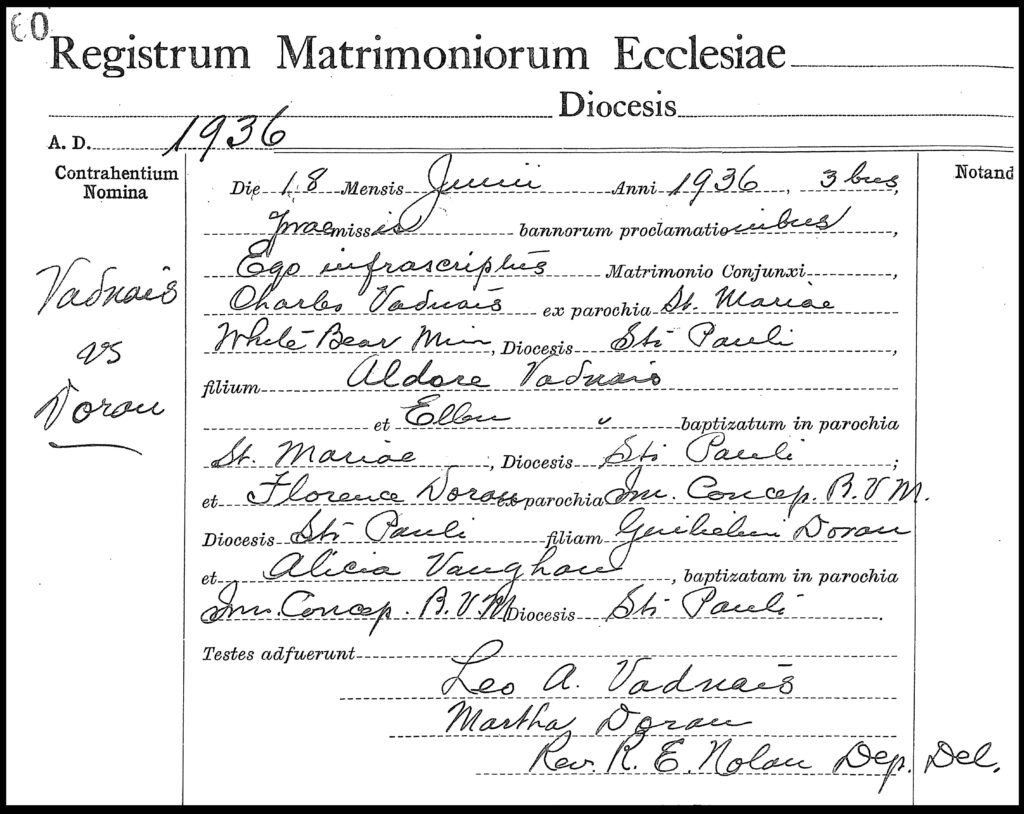
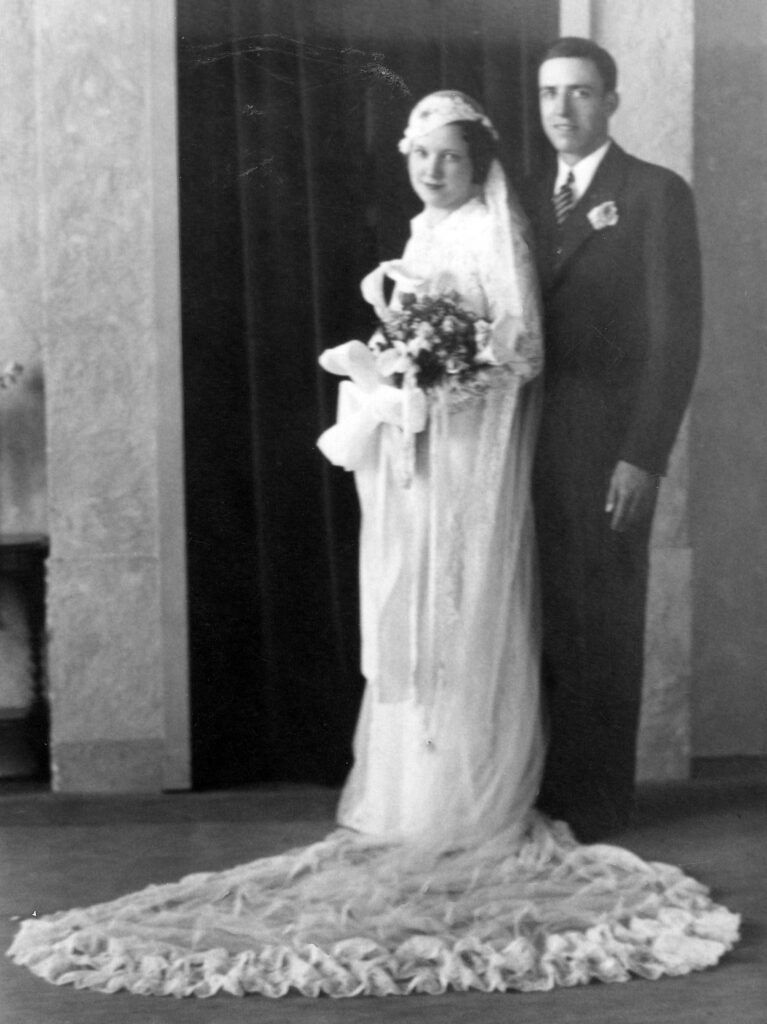
The White Bear Press reported on the event; family members on both sides participated in the ceremony. Reverend Charles Doran, one of Florence’s first cousins, assisted at the mass. The music played on the church organ was provided by Charles’ sister, Mona Vadnais. The wedding party included 2 of Charles’ sisters: Florence was a bridesmaid and Anna Mae the flower girl. Charles’ older brother George was the best man and Howard Bloom Jr. (Bud), one of Charles’ first cousins, was an usher. Florence’s sister Martha was the maid of honor and 2 of her brothers, Walter and Robert were ushers. The ring bearer was John Doran, likely one of Florence’s cousins.14

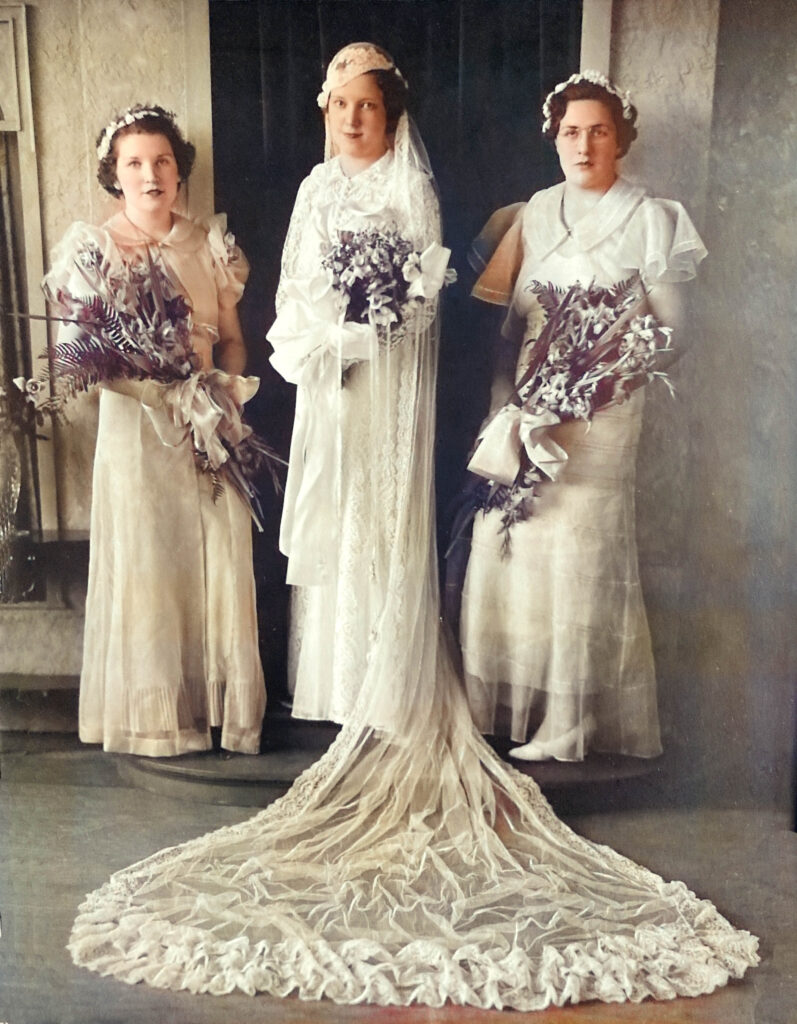
Overall it sounds like the wedding was a wonderful event attended by many people on both the Doran and the Vadnais sides.
The couple returned to live in White Bear Lake after a honeymoon trip through Michigan. The Fourth Street home referred to on the invitation and in the wedding article is the home where Charles had grown up, 1309 Fourth Street. Judging from a June 9, 1936 entry in one of the White Bear Oil Company ledgers, the house was modernized before they moved in. The entry shows a bid given by Frank Lonergan, the plumber, to Adlore, for Lonergan to put in a bathroom (bathtub, lavatory and tank closet), install a water heater, raise a sink, install floor drains and make a sewer line connection at the Fourth Street house, all for $265.15 Charles and Florence would rent the house from his parents for the next 5 years.
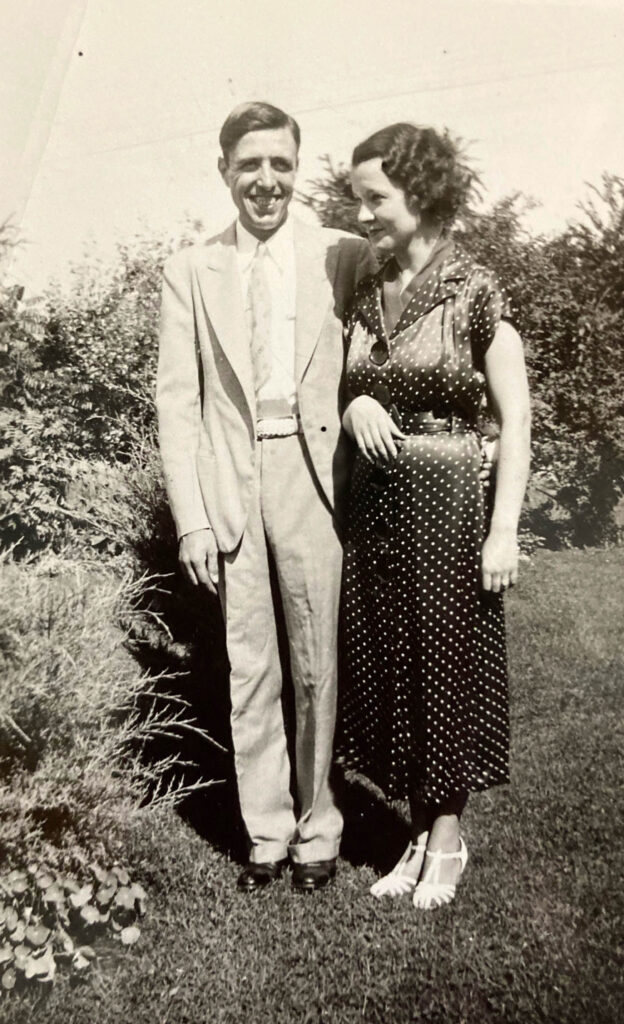
On September 24, 1938 Charles and Florence welcomed their first child, Julaine Marie.16 Florence was 27 years old and Charles was 17 days shy of his 27th birthday.
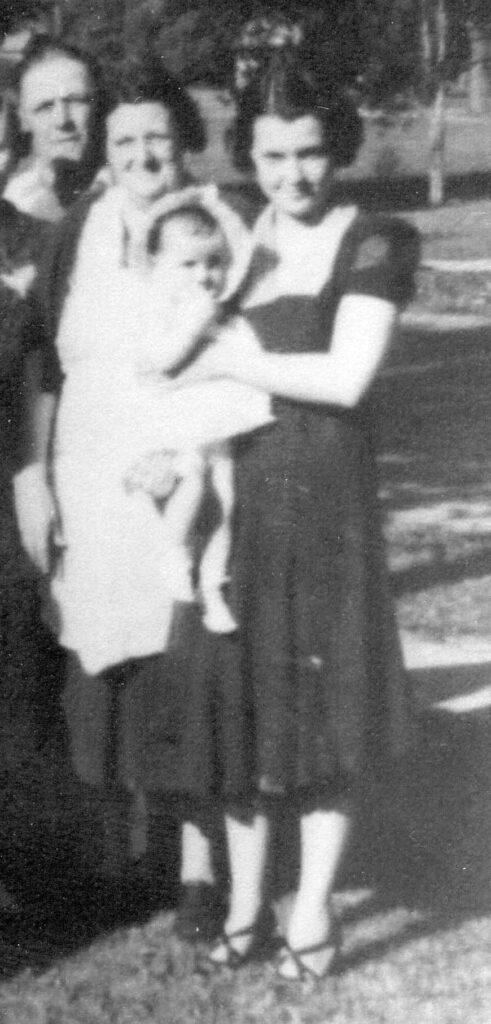
Behind them are Adlore and Ellen Vadnais, Julaine’s grandparents
The 1940 U.S. census enumerates Charles and Florence as renters at 1309 Fourth Street. It is unusual to know who provided the census information, but as you can see on the record, it states that the information came from the father, who would be Charles’ father, Adlore Vadnais. There is no way of knowing why Julaine was omitted from the census; it may have been an oversight on Adlore’s part or on the part of the census taker. Other information provided in the record includes the house being valued at $2,000, Charles working 44 hours a week as an oil station attendant (at White Bear Oil Company) and his making $1,200 a year. Both Charles and Florence are noted as never attending school and then in the following box it shows that they both finished 4 years of high school, an unusual error, but as I looked at others on the same page, I think that the census taker may have inquired if they were currently attending school as opposed to “did you ever attend school?”.17

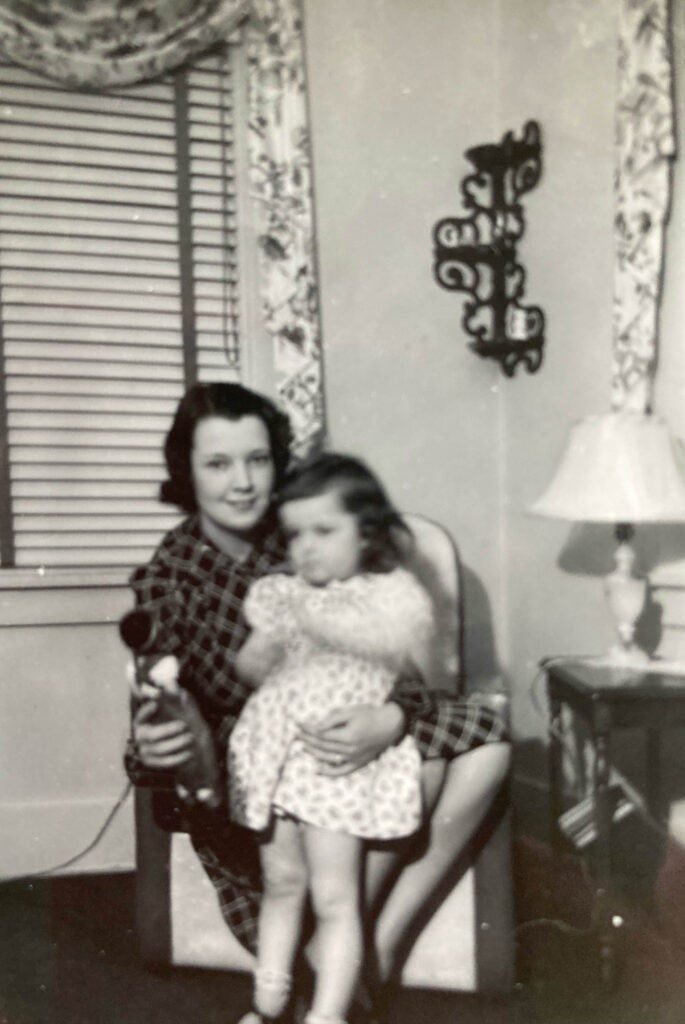
In later years, Julaine shared a memory about living in the house on Fourth Street. She said, “We had an ice box… and the ice wagon would come and bring ice. The iceman would chip off a piece of ice and give it to me.”
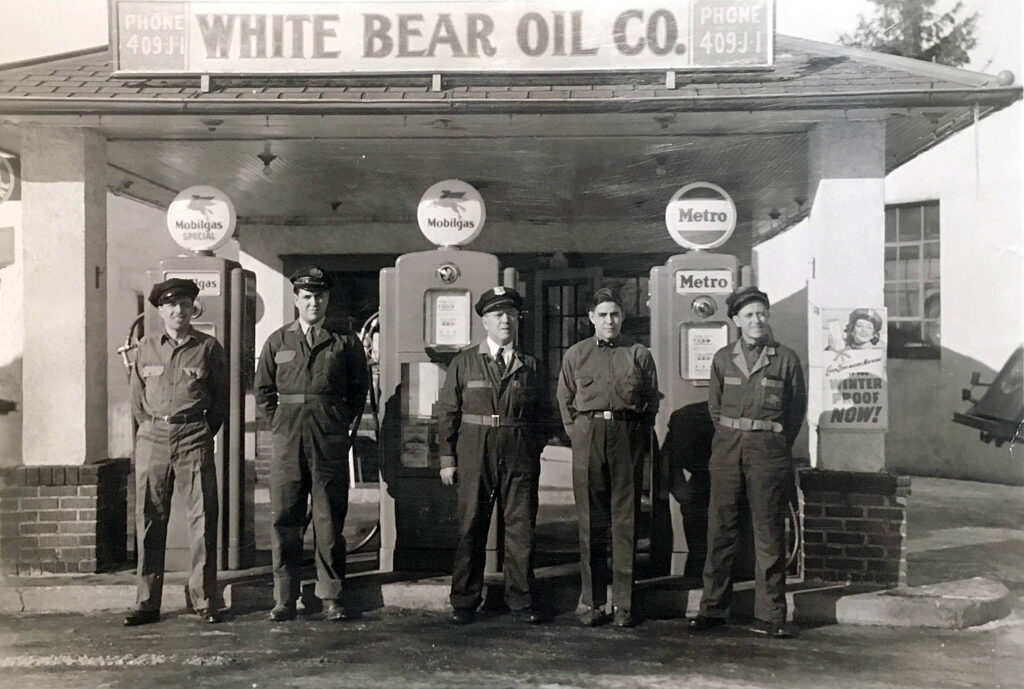
Shown (left to right): Charles, Dick, Adlore, Jack and George Vadnais
It appears that this picture may have been taken in the spring (notice the slush in front of Charles). Charles would have been about 27 years old, Dick about 18 years old, Adlore about 48 years old, Jack about 13 years old and George about 28 years old.
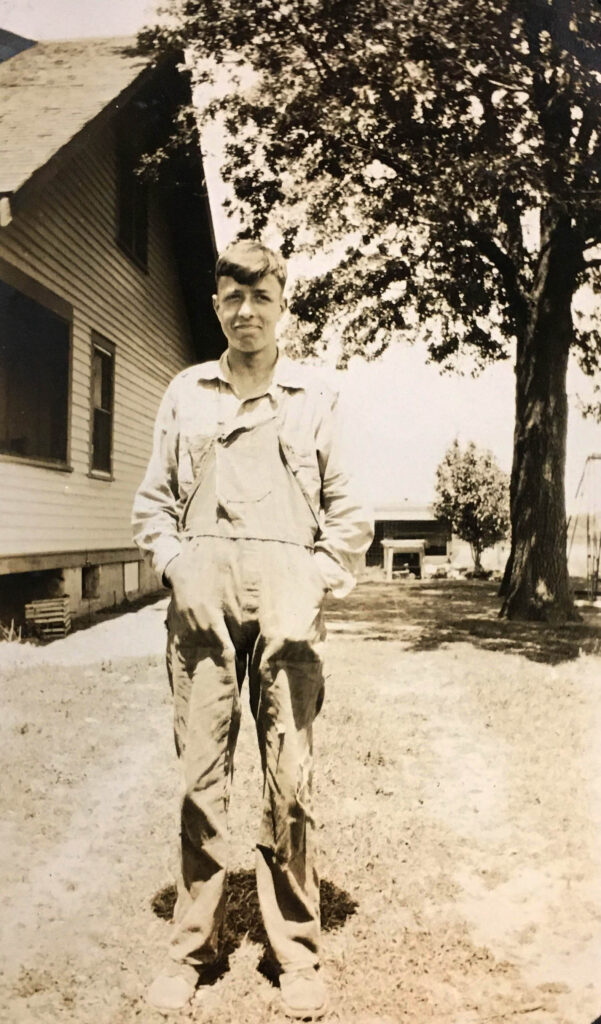
Charles registered for the draft on October 16, 1940.18 His being deaf in both ears precluded his being called to serve.
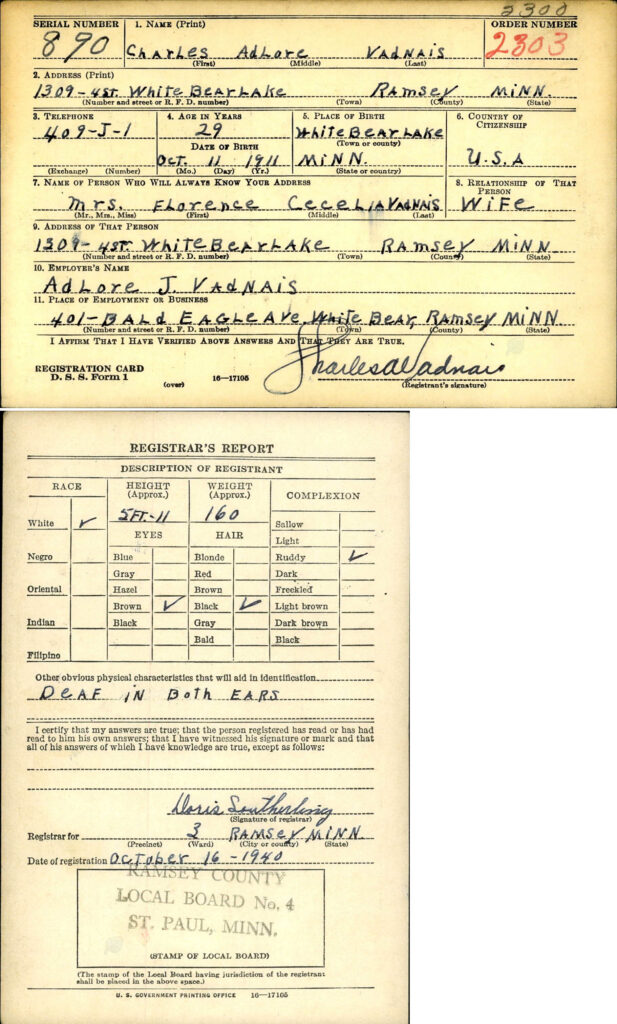
By the end of 1941, Charles is making around $3,200 per year working at White Bear Oil Company.19 That compares to a relative wage or income worth today of about $142,000 per year.20
On April 15, 1941, Charles’ parents, Adlore and Ellen, sold the Fourth Street house to Charles and Florence for one dollar.21
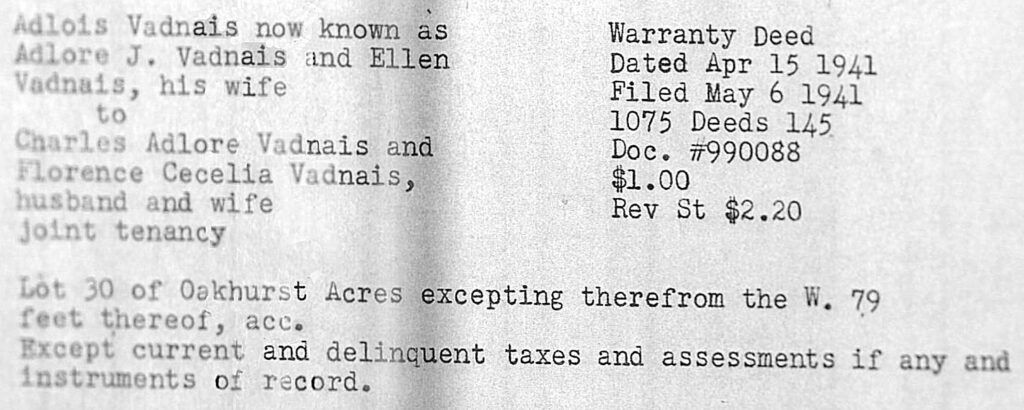
On March 2, 1942, the couples’ first son, Charles Michael (Mike) was born.22
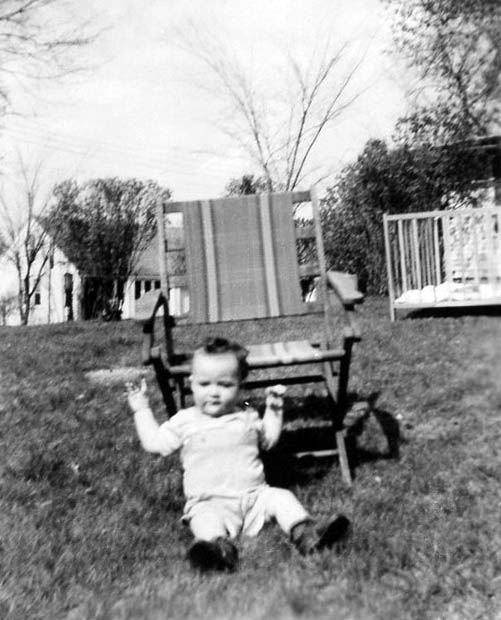
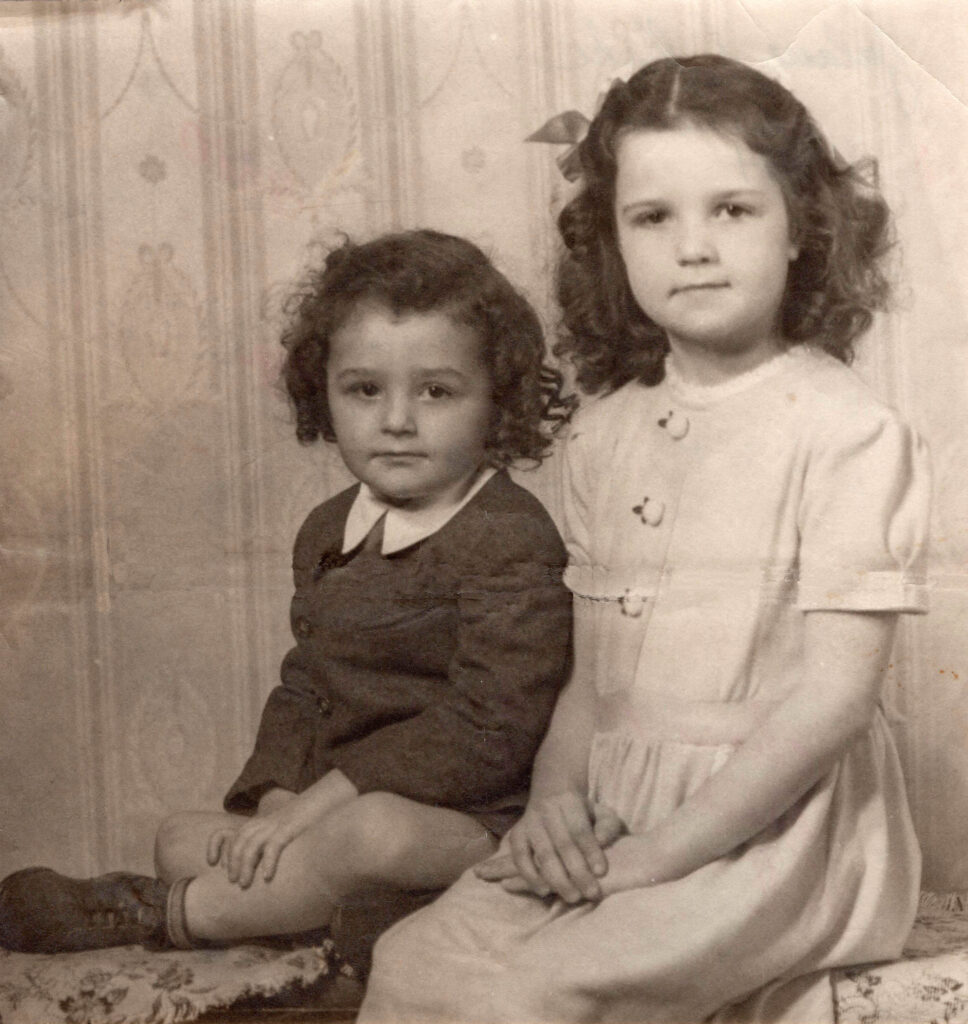
By 1946, the family had moved to their forever home located at then 522 Bald Eagle Avenue in White Bear Lake.23 The property description is Spruce Grove, lot 17, block 1 and the current address is 4828 Bald Eagle Avenue. There, the second and only other girl, Patricia Lynn (Patty) joined the family on May 23, 1947.24 Both Florence and Charles were 35 years old.
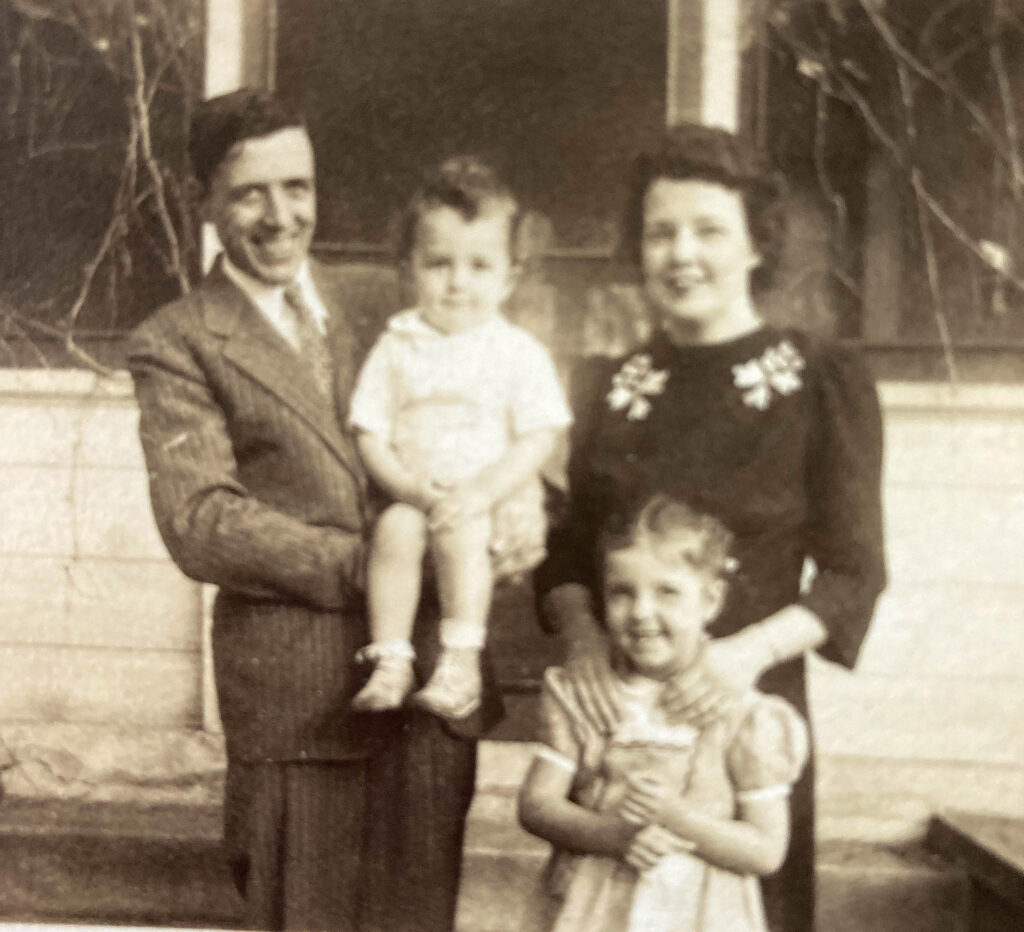
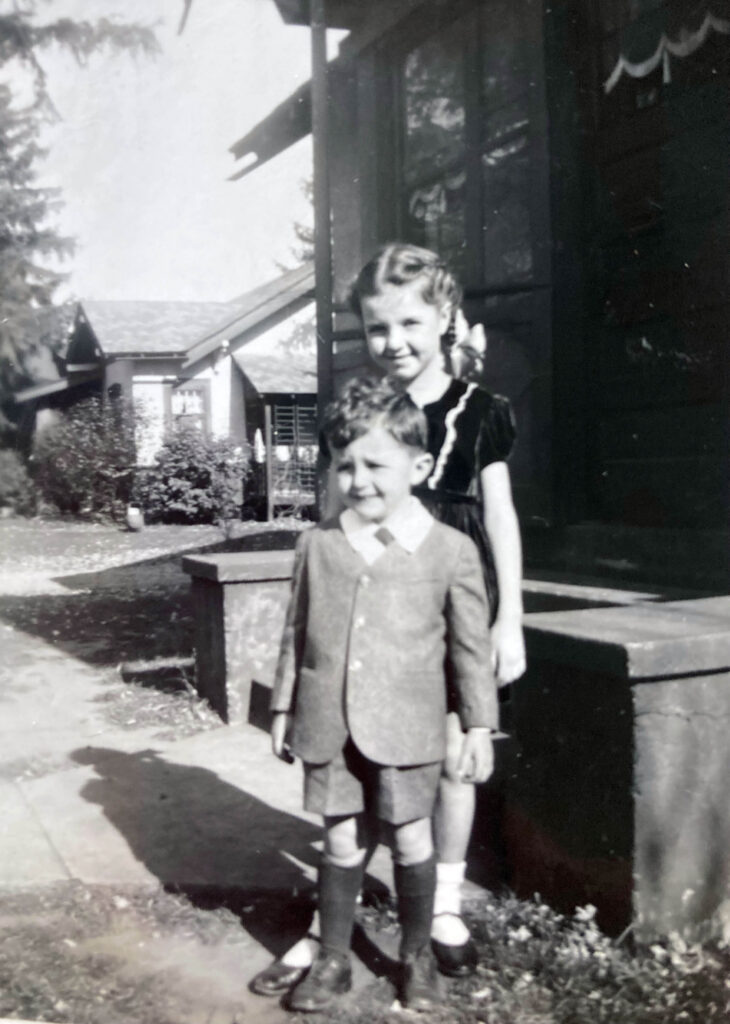
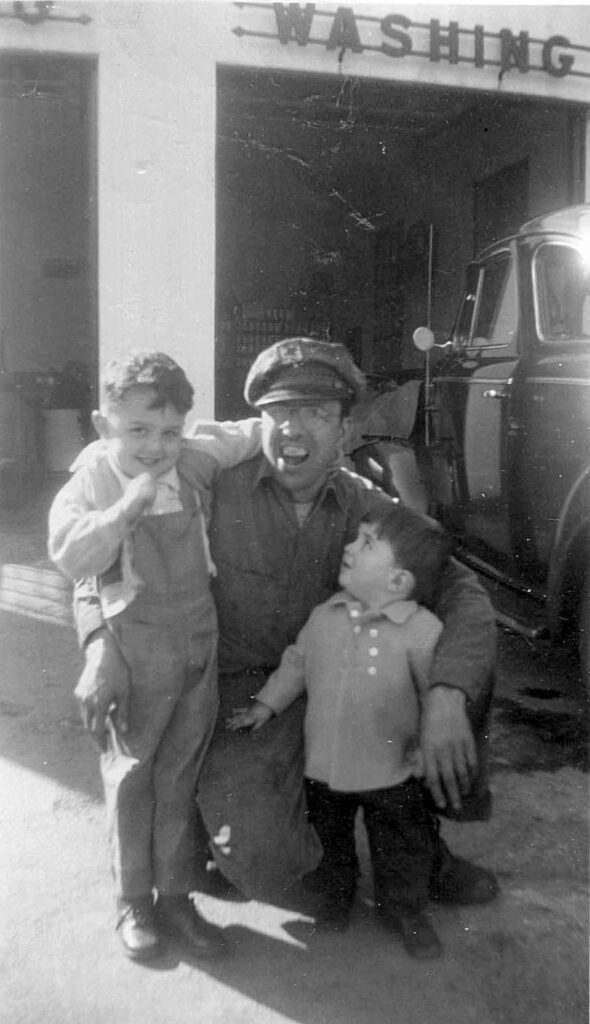
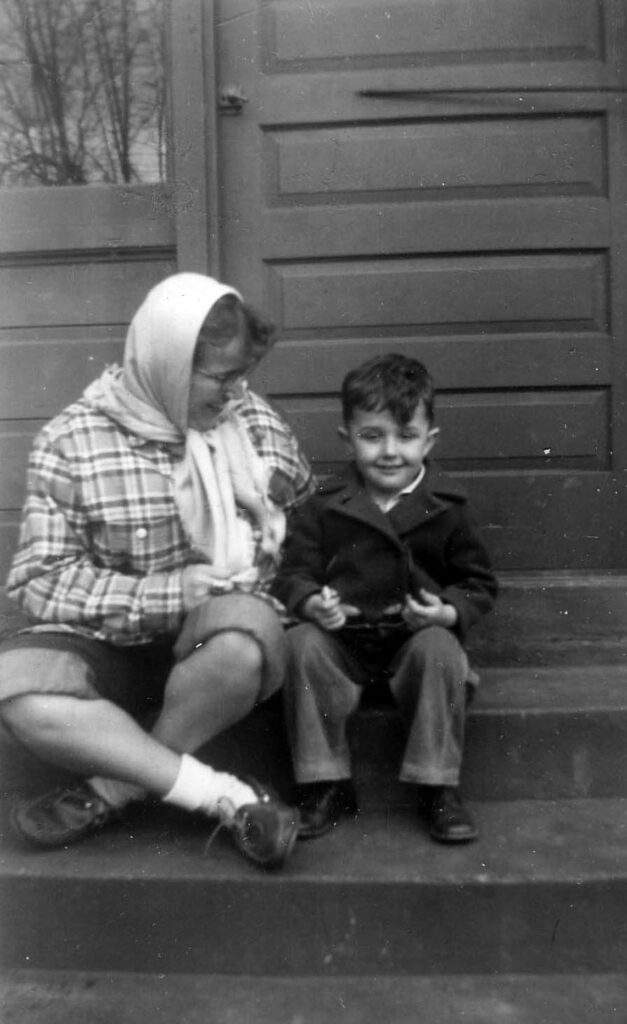
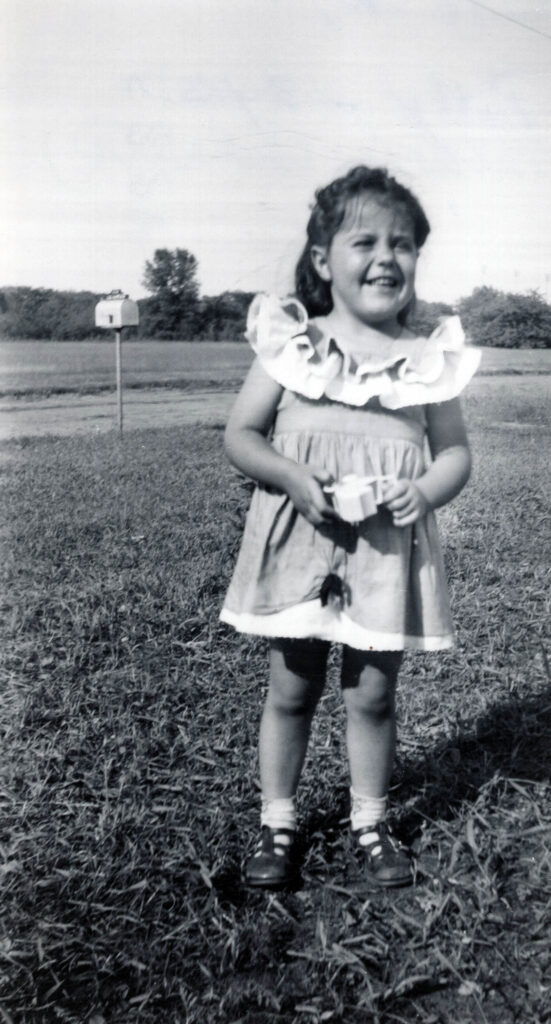
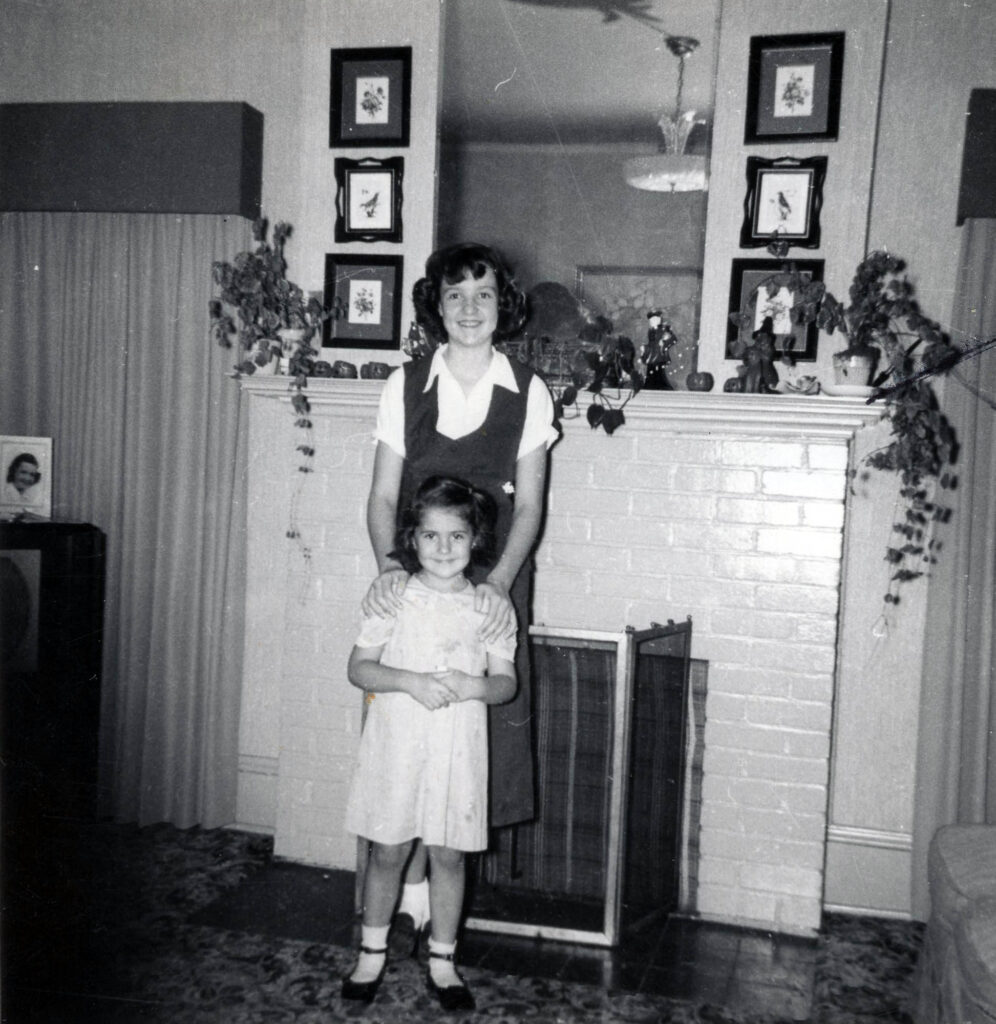
The 1950 U.S. census shows Charles, Florence, son Charles (Mike), Julaine and Patricia (Patty). Charles is shown as being the bookkeeper for White Bear Oil Company and having worked 72 hours the week before the census.25 I’m sure he had learned his accounting skills in high school.
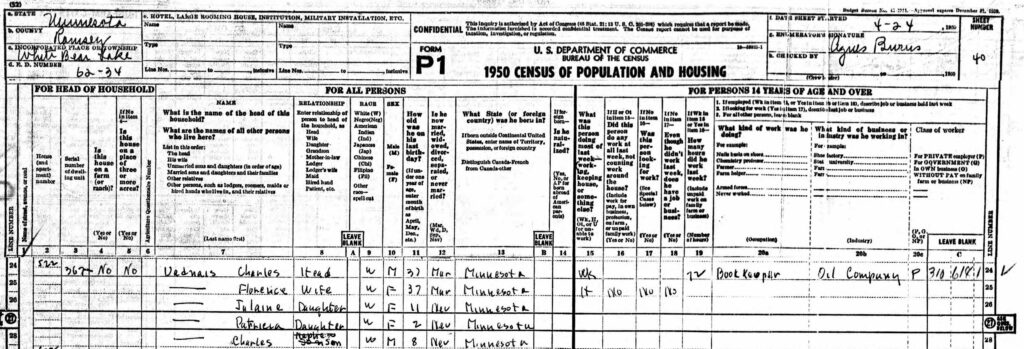
The first time I noticed Charles’ signature was on a 1949 White Bear Oil Company document.26 I was intrigued by how he connected his first name with his lower case middle initial and the first letter of his last name.
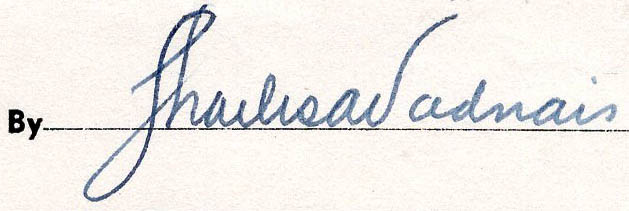
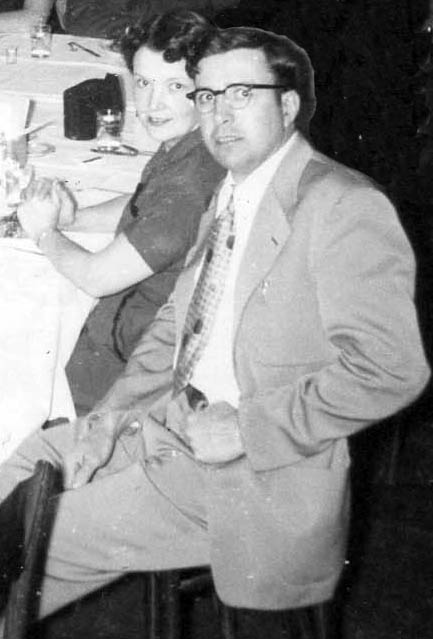
The family welcomed Stephen Duane (Steve) on March 14, 1951 and the last of the 5 children, Timothy Francis (Tim) was born on January 31, 1952.27, 28
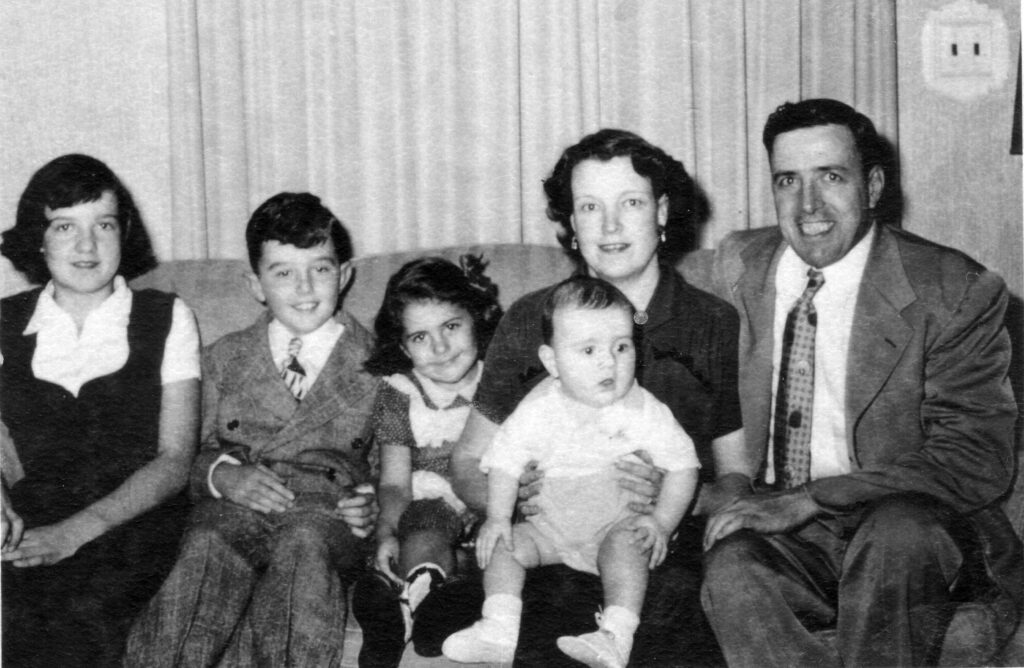
Julaine is 13 years old, Mike is 9 years old, Patty is 4 years old, Steve is about 9 month old and Florence and Charles are 40 years old.
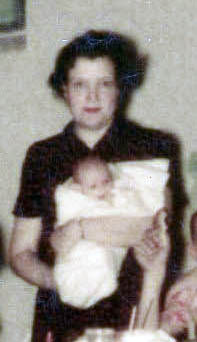
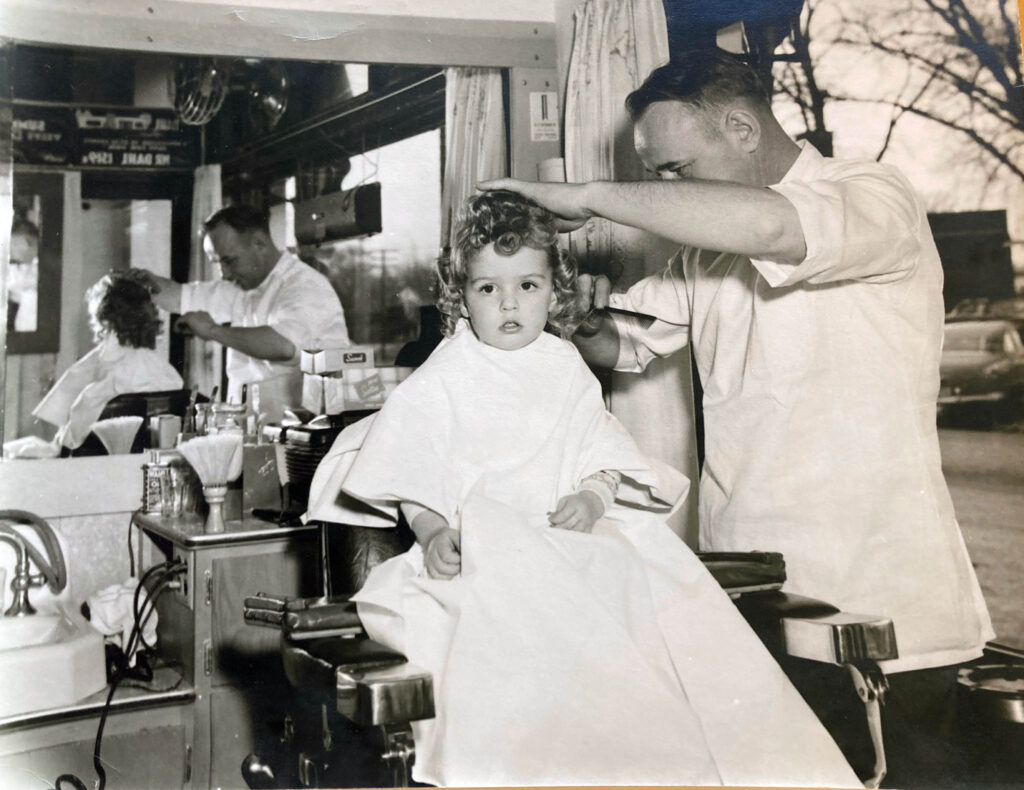
This picture was on the front page of the White Bear Press in 1954; it was titled “Miracle” at the Barber Shop. It read, in part, “Timothy Francis Vadnais… is shown here undergoing a remarkable transformation at the hands of Barber Benny Schmalzbauer as the youngster loses long-hair curls which any girl would be proud to own.” Tim is about 2 years old. Benny’s Barber Shop was on Washington Avenue in White Bear Lake.
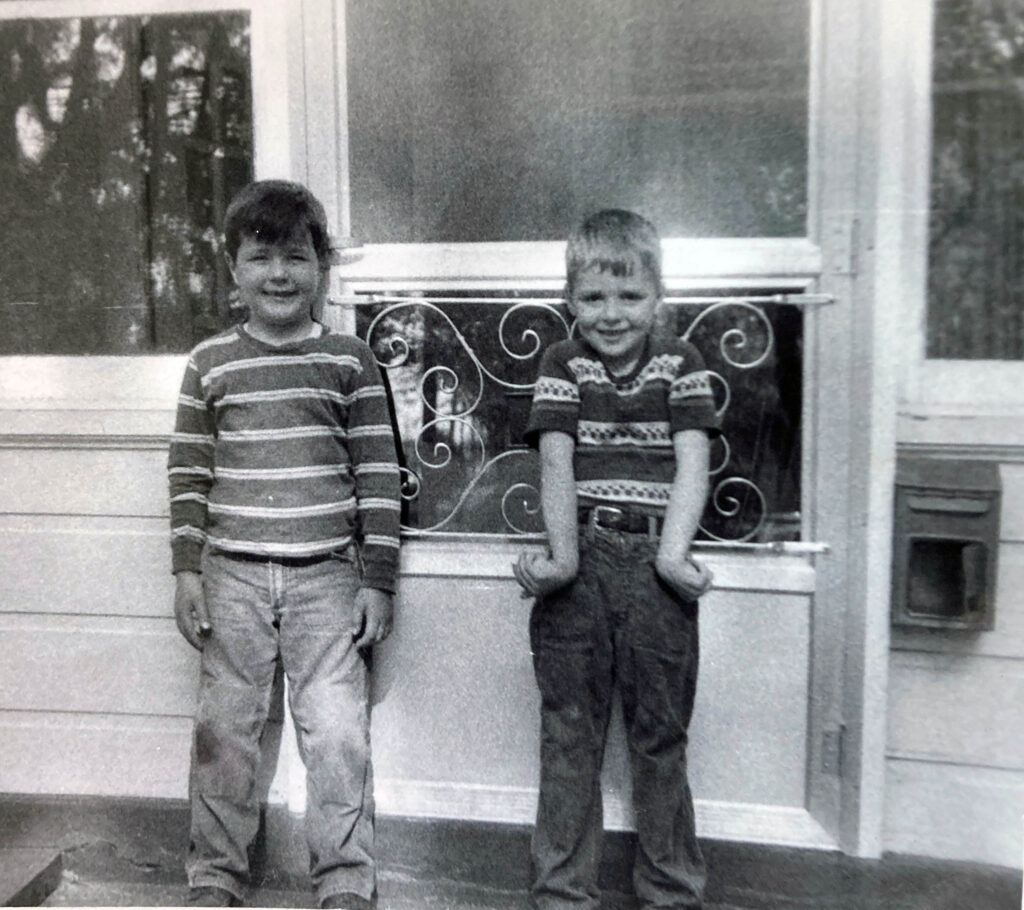
Steve is about 5 years old and Tim about 4 years old.
TO BE CONTINUED…
Thanks for visiting, come back soon,
Cynthia
© 2024 Copyright by Cynthia Vadnais, All Rights Reserved
Footnotes for Charles Adlore Vadnais and Florence Cecelia Doran post
Charles Adlore Vadnais and Florence Cecelia Doran (part 2 of 3) Read More »
